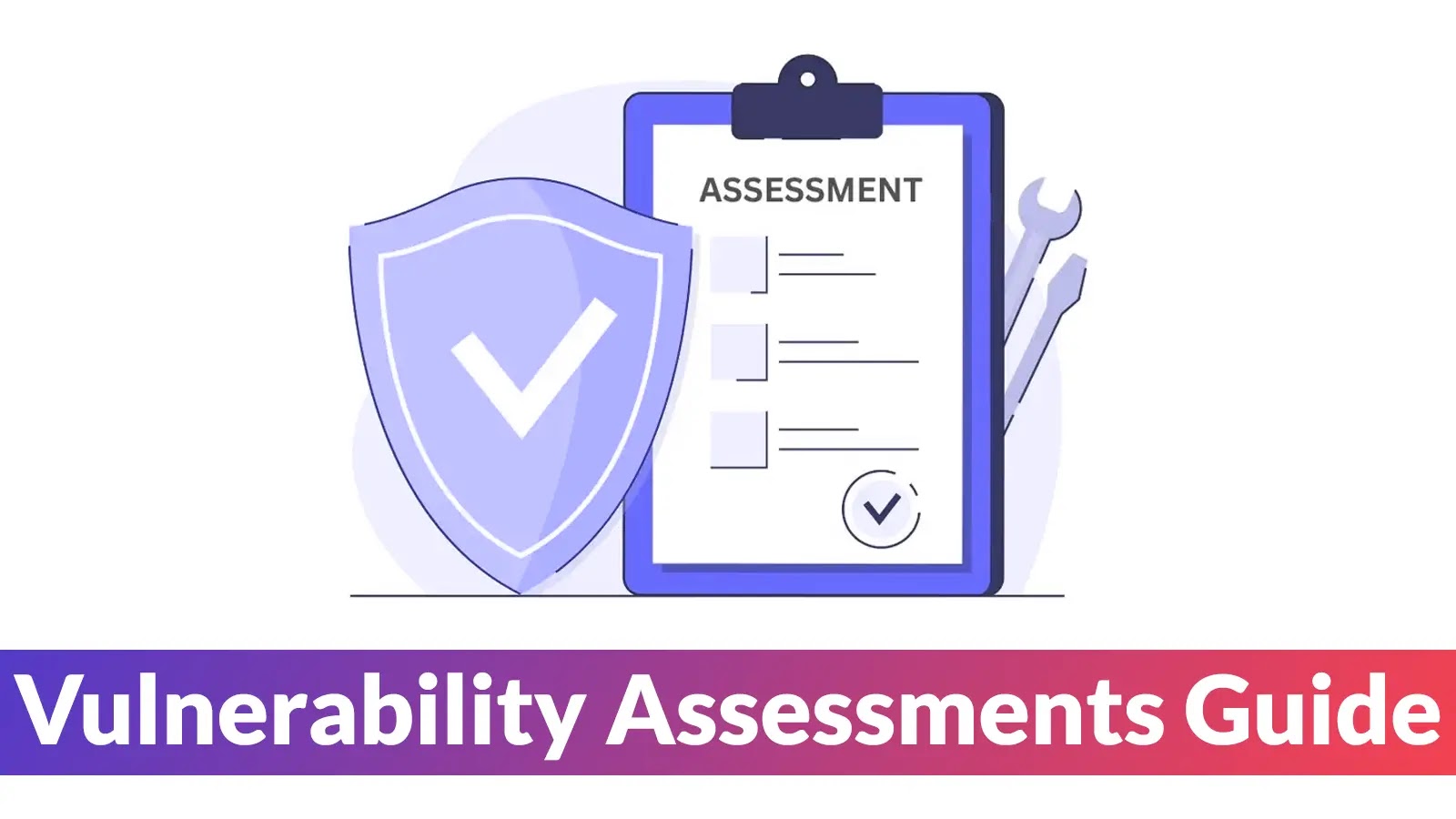One of the best methods for finding potential security gaps in your company’s cybersecurity design is a vulnerability assessment.
You risk losing sensitive information to fraudsters who have been targeting charitable organizations more frequently since the epidemic hit if you don’t do vulnerability assessments regularly.
It can have devastating effects down the road, like losing contributors’ confidence and damaging brand reputation.
To safeguard their systems and data, organizations must regularly conduct vulnerability assessments. Vulnerability Assessment are systematic evaluations that identify weaknesses and vulnerabilities in an organization’s IT infrastructure, networks, and applications.
Here, we will provide a comprehensive guide on how to conduct effective vulnerability assessments in cybersecurity, outlining the vital steps involved in the process.
Define the Scope and Objectives:
Before conducting a vulnerability assessment, it is essential to define the scope and objectives of the assessment. Determine the assets, systems, and networks that will be assessed, considering critical infrastructure and sensitive data.
Clearly define the goals and desired outcomes of the assessment, such as identifying vulnerabilities, prioritizing remediation efforts, and improving overall security posture.
Identify and Prioritize Assets:
Identify the assets that will be included in the assessment, including hardware, software, and network components.
Categorize the assets based on their criticality and potential impact on the organization’s operations and data. It helps prioritize the assessment efforts and allocate resources effectively.
Conduct Vulnerability Scanning:
Perform vulnerability scanning using specialized tools to identify known vulnerabilities in the systems and networks.
These tools scan for software vulnerabilities, misconfigurations, outdated patches, and other common weaknesses. Schedule regular scans to ensure continuous monitoring and detection of new vulnerabilities.
Perform Manual Testing:
In addition to automated vulnerability scanning, manual testing should be conducted to uncover complex vulnerabilities that automated tools may miss. Manual testing involves conducting in-depth analysis, code review, and penetration testing to identify potential vulnerabilities that could be exploited by attackers.
Report and Document Findings:
Prepare a comprehensive report documenting the identified vulnerabilities, their impact, and recommended remediation actions. Include detailed information on each vulnerability, like its description, proof of concept, and potential mitigation strategies.
The report should be concise, easy to understand, and tailored for different stakeholders, including technical teams, management, and executives.
Remediation and Follow-Up:
Collaborate with relevant teams to develop a remediation plan based on the identified vulnerabilities.
Prioritize the vulnerabilities based on their severity and potential impact on the organization. Implement necessary patches, configuration changes, and security measures to address the vulnerabilities effectively.
Regularly Assess and Update:
Vulnerability assessments should be conducted regularly to ensure ongoing security. As the threat landscape evolves, new vulnerabilities may emerge, and systems may change.
Therefore, it is crucial to periodically assess the security posture, update vulnerability scanning tools, and keep up with the latest security patches and best practices.
Types of Vulnerability Assessments


Vulnerability assessments fall into one of two categories:
- External vulnerabilities assessments
- Internal vulnerabilities assessments
External Vulnerability Assessment
An external Vulnerability Assessment approach is used to examine vulnerabilities from the standpoint of an outsider or attacker. It evaluates the digital resources and online-accessible systems of an organization.
An organization must do this kind of assessment since it may provide you with information on all the vulnerabilities that have been found and might be used by hackers if they are not promptly corrected.
Organizations may use it to better assess how successfully their systems and data get shielded from outside threats.
Internal vulnerabilities Assessment
Internal vulnerability assessments are carried out from the standpoint of an insider or privileged user. It evaluates the digital resources and systems of a company that is network-accessible.
Because it can reveal weaknesses that hostile insiders may exploit, it-kind of evaluation is crucial. Organizations may use it to better determine how successfully their systems and data are safeguarded against internal threats.
What does a vulnerability assessment aim to achieve?
There is a significant difference between believing you are vulnerable to a cyberattack and understanding how you are vulnerable, as you cannot avoid one if you don’t know how you are weak.
To bridge this gap is the objective of the vulnerability assessment. A thorough vulnerability report gets produced when a vulnerability assessment examines some or all of your systems. The issues found can then be fixed using the report to prevent security breaches.
A growing number of businesses also rely on technology to run their everyday operations, yet cyber threats like ransomware can instantly put a stop to your operation.
The growing relevance of cyber security and the need for solutions assuring their resilience are the results of a general understanding that prevention is preferable to treatment.
For instance, more SaaS clients are increasingly expecting frequent vulnerability assessments, and being able to demonstrate that you’ve conducted security testing might increase your revenue.
Conclusion:
Conducting vulnerability assessments is a critical aspect of maintaining a robust cybersecurity posture. By following the steps outlined in this guide, organizations can identify and address vulnerabilities proactively, minimize risks, and enhance their overall security defenses in an increasingly challenging cyber landscape.












